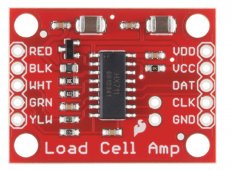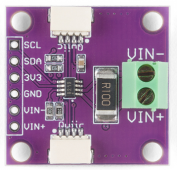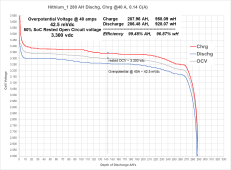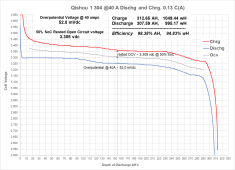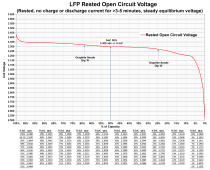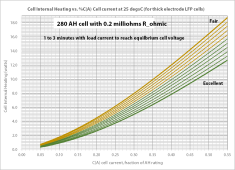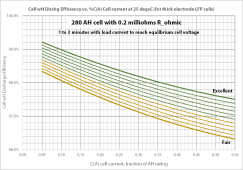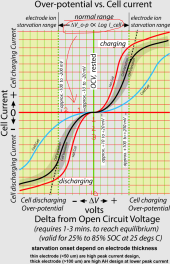It is built from raw .csv data from several manufacturers of 280 AH and 304 AH cells. It is average of about 8 cells from several manufacturers with 3 sigma spread less than 3 millivolts at 50% SoC.
It was derived starting with full charge with 40 amp full discharge followed by full 40 amp recharge. LFP overpotential for discharge and charge is very similar so voltage slump for 40 amp discharge is fairly close to voltage bump during 40 amp charge.
The incremental AH's and wH summation is calculated through the SoC. Since charging is slightly less efficient (a very small amount) than discharging the discharge and charge data is normalized.
After normalized, it is just split the difference between charge bump and discharge slump to get no-load rested open circuit voltage.
A slightly better way to get no-load state of charge would be to allow a rest period during charge and discharge for about 5 minutes to allow cell to return to OCV value. This doesn't take much more time during discharge or charge test and should be installed at approximately 75% SoC, 50% SoC and 25% SoC. The 5 minute rest periods of zero cell current will not impact the AH or wH summation total.
Another important piece of info is the overpotential voltage for given cell current. Less is better. As cells age the overpotential voltage discharge slump or charging bump increases.
Temperature of testing is important as overpotential due to cell current is dependent on temperature. Testing should be done is 20-30 degrees C temp range. Colder temps, below +15 degs C have increased overpotential voltage.
Here are a couple of examples:
View attachment 155192
View attachment 155193
View attachment 155195
Average of tested cells, with tabular data below graph.
View attachment 155197
Overpotential charts:
View attachment 155206
View attachment 155207
View attachment 155209





